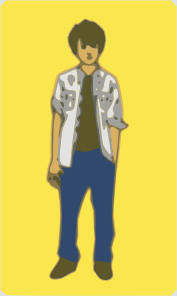The novel Threshold explores possible outcomes in Tucson, Arizona as climate change continues to dry out and heat up the Southwest.
The National Climate Assessment targets heat, drought, and insect outbreaks among other impacts for the Southwest. Surface water supply is expected to decrease as snowpack and stream flow decrease.
Projected regional temperature increases, combined with the way cities amplify heat, will pose increased threats and costs to public health in southwestern cities, which are home to more than 90% of the region’s population. Disruptions to urban electricity and water supplies will exacerbate these health problems.
Threshold tells a story about characters caught in a spiraling heat emergency and black out that stuns the city. South Tucson, a city within the Tucson city limits, rises to become more self-reliant through a solar field and solar gardens.
Yesterday, Reuters published an interesting review about changes in solar industries, showing how big solar (large scale solar fields for example) are becoming cheaper and more efficient than roof-top solar.
Many trace the tipping point for utility-scale solar to a 2014 announcement by Austin Energy that it would buy power from a new 150 megawatt solar plant – enough to light and cool 30,000 homes – for 5 cents a kilowatt hour. At the time, it was a record low price for solar power. Since then, projects have brought the price below 4 cents a kWh.
In Tucson, the Bright Solar program offers residents an opportunity to buy blocks of solar power from a solar field. When the grid goes down however, how can residents continue to generate power if they do not have their own home or neighborhood solar panels and battery storage?
It is important to think carefully about these new technologies and the opportunities they offer people for more democratic ownership of common resources. See the concept of Solar Commons.
As solar power becomes cheaper to generate, will everyone benefit? How can a city and utility work to make solar power available to everyone? As the solar industry develops, how can communities make sure their residents have access to new training and skills necessary for employment in the solar power industry?
In Threshold, South Tucson answers those questions and solves another challenge: the high rate of unemployed youth in their community.


